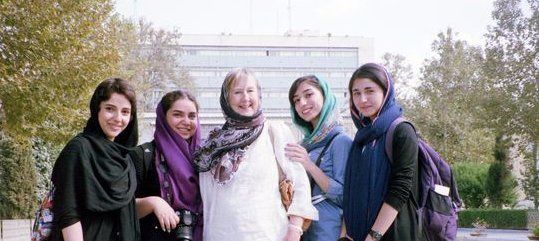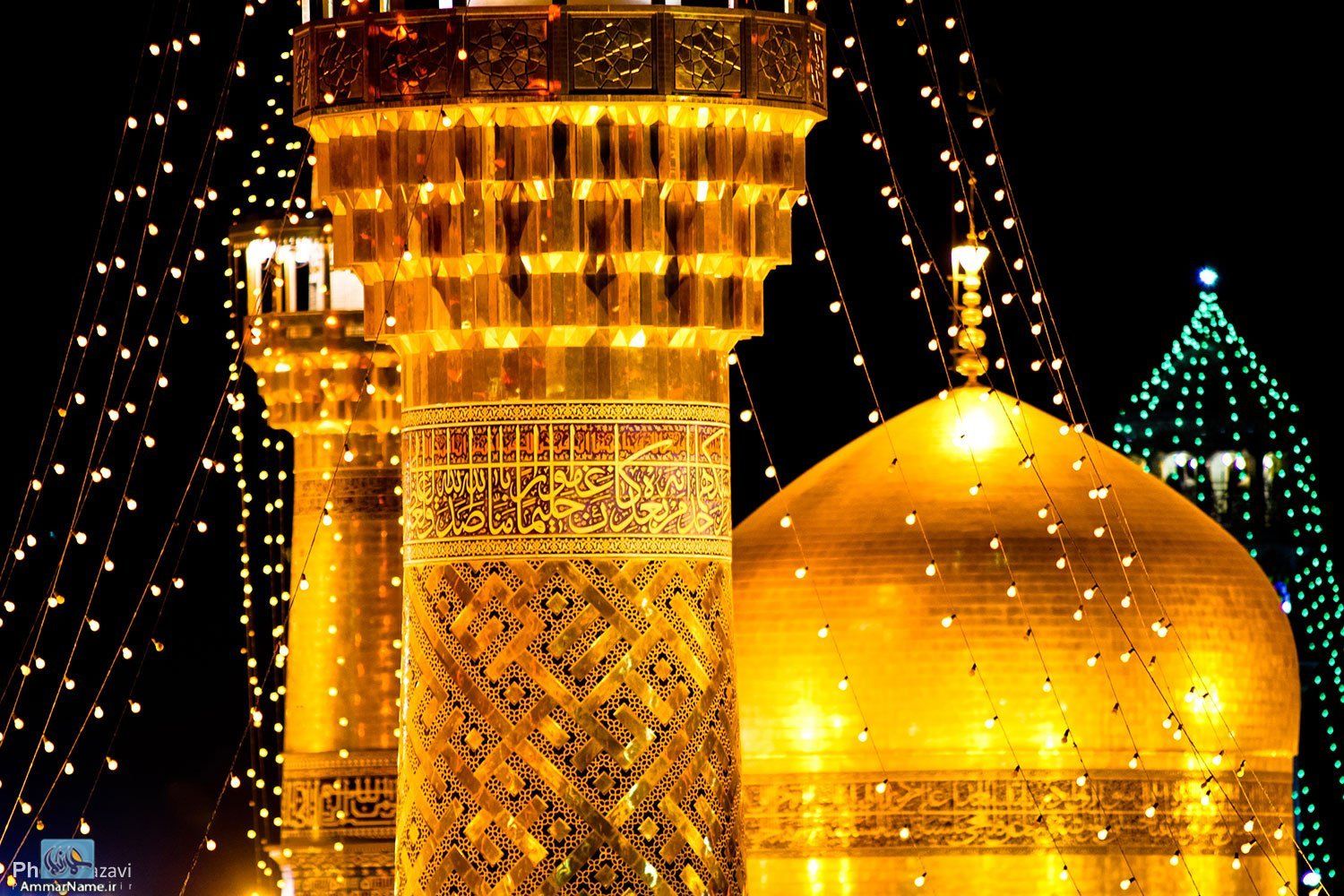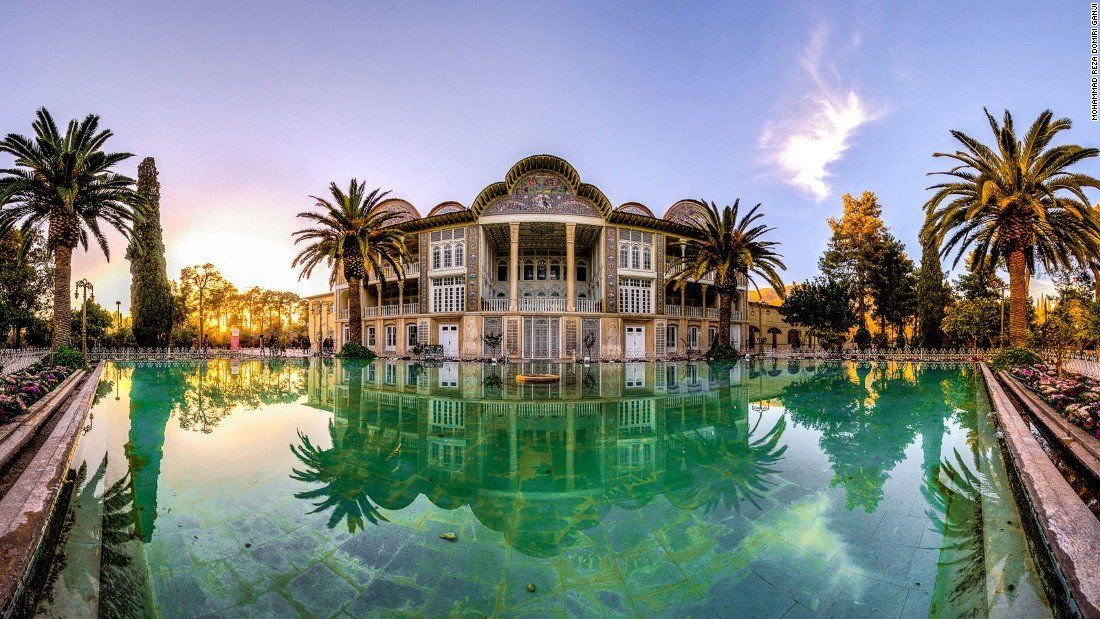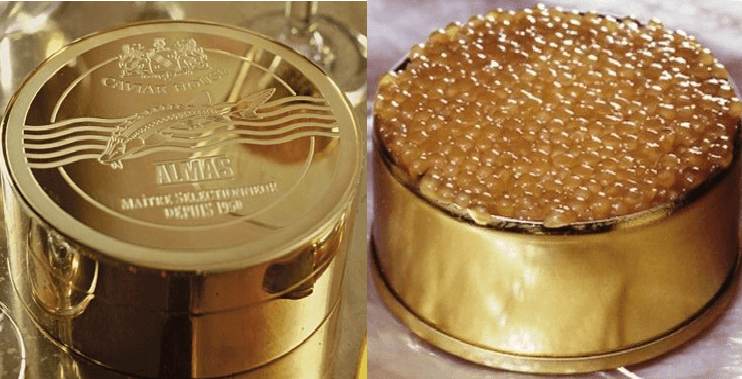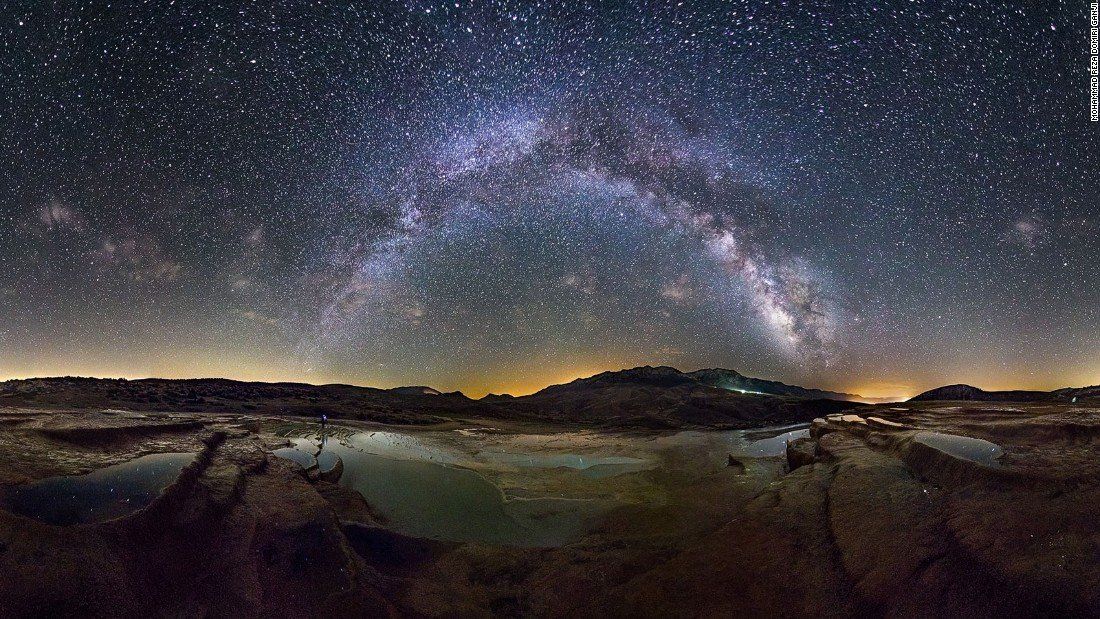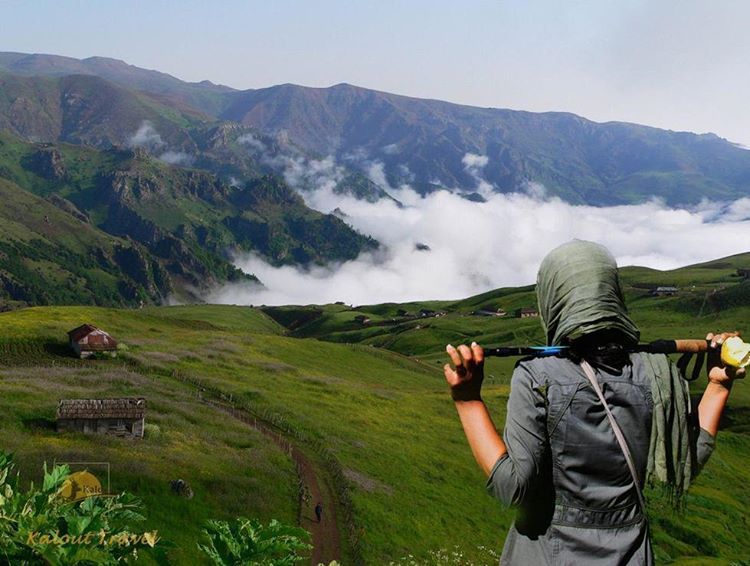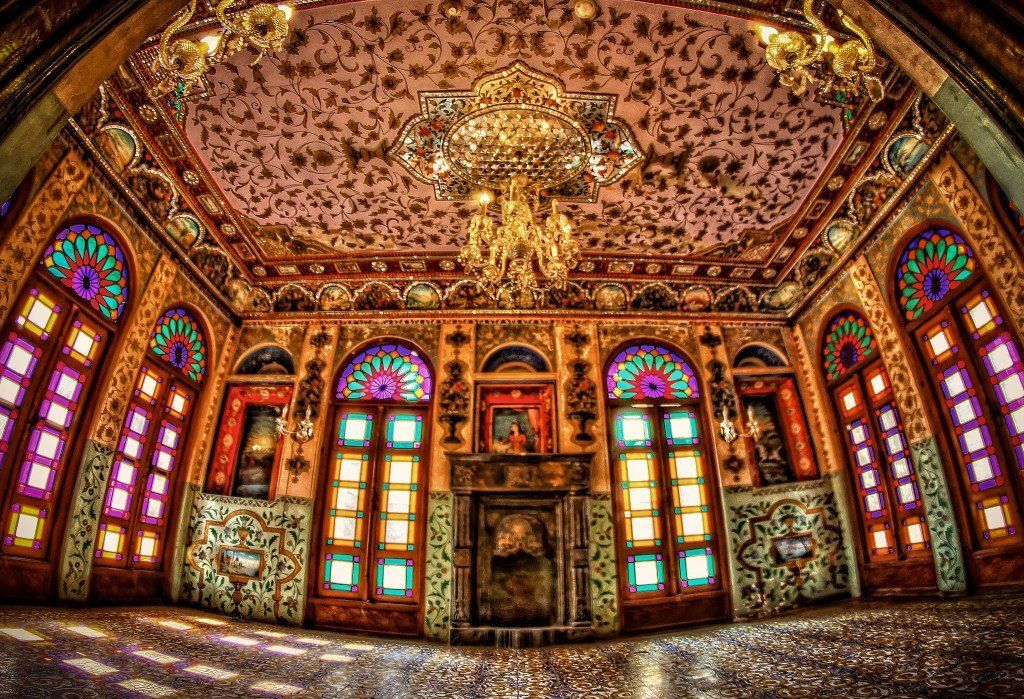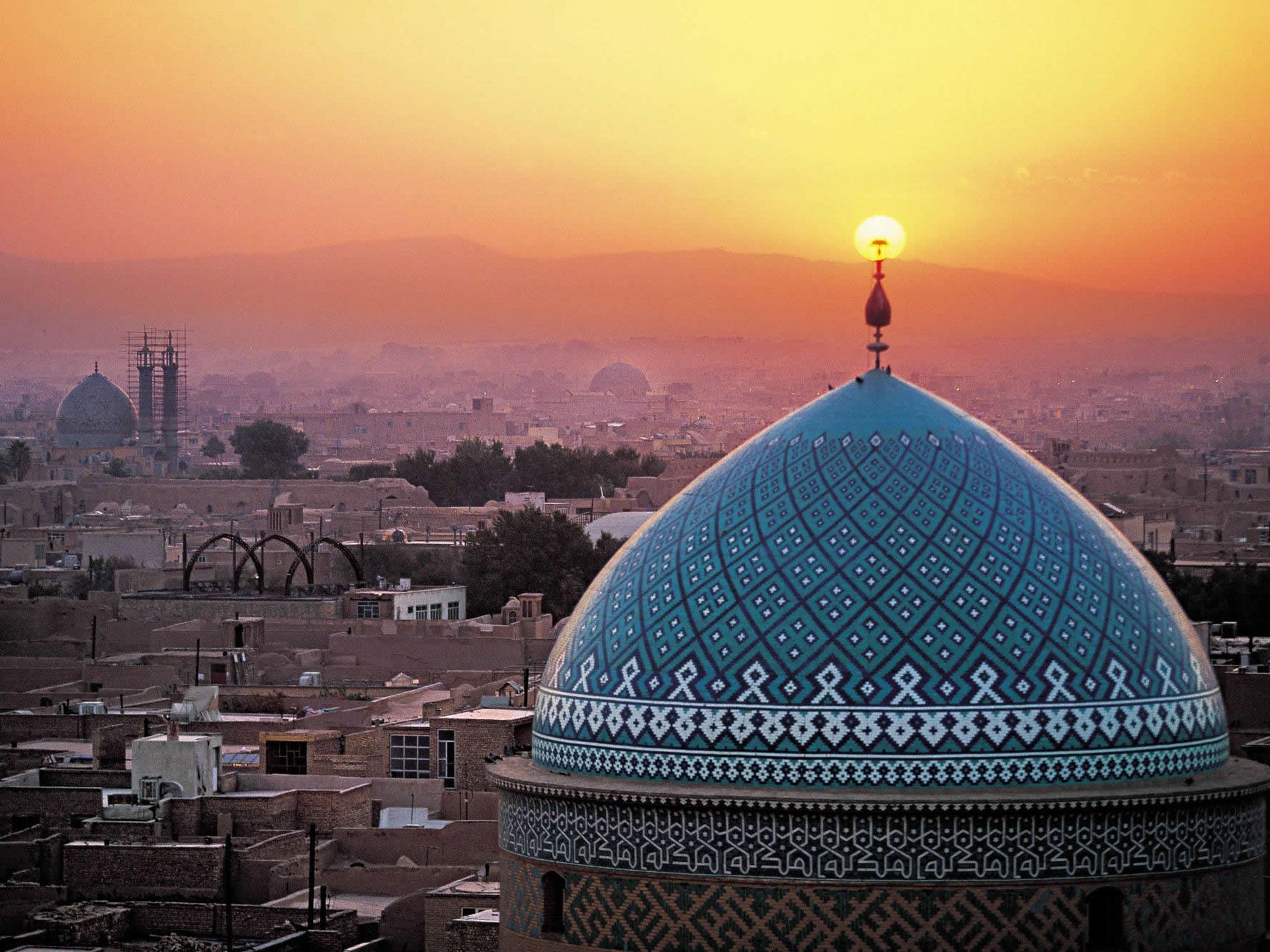Qom Attractions
Shrine of Hazrat-e Masumeh
Qom's history centers round Islam. What is certain is that from the early years of the Arab invasion it was noted for the conversion of its inhabitants and for the preponderance of Shiites among them. If there is one place in Iran which can be called the cradle and center of Shiism, Qom is that place. No doubt it was on this account that when Hazrat-e Masumeh, the daughter of the seventh Imam and the sister of Imam Reza, fell ill in 816 at Saveh (100 km) it was to Qom that she was brought. There she died after 17 day and was buried; and her tomb, as was natural, became a revered place of pilgrimage. So it remains toDay, and Qom, after Mashhad, is the foremost Shiite shrine in the country.
It is said in most travel guide books that this Shrine, like that of Imam Reza at Mashhad, is no place for infidels; even in one travel book it is said that "tourists are simply regarded as some sort of strange animal." However, if you seek help through the Tourist
Office (Islamic Culture and Guidance Office or Cultural Heritage Organization) or the Qomis themselves, they will arrange a safe visit for you, and you will find that your infidel presence in this holy city is greeted with nothing more hostile than friendly curiosity. And if you are visiting the town in an organized tour, you wont face any problems for sure.
In later history, Qom experienced many vicissitudes. It was wrecked by the Mongols and again by Timur, but enjoyed a revival under the Safavids who made Shiism the official faith of Iran. Shah Abbas rebuilt the Shrine, and his three successors were buried there. Fath Ali Shah further enlarged it, and what we see toDay, including the magnificent golden dome, dates from his reign. The surroundings of the Shrine are being totally renovated and improved during the present Islamic era.
Qom Bazaar
The streets of Qom are full of animation, and the shops (and particularly the stalls around the Holy Shrine) do a flourishing trade in religious objects, particularly its bazaar is very active every Day but FriDay. Here, like in Mashhad, the main attraction for tourists, rather than decoration or architecture, lies in the behavior of the crowd of humble pilgrims for whom the journey is the achievement of the dream of a whole life, that of the dignified mullahs with their black and white turbans and fine linen clothes, that finally of small merchants who sell thousands of candles and prayer-beads, prayer-rugs and small tablets of compressed earth (mohr) used in Muslim prayers, colored earthenware animals, piles of pomegrantes and delicious local sweets, particularly sohan
One sweet you must try is the almost sinfully delicious pistachio-brittle known as sohan, which is produced locally and is available in almost any main street of the town. Not sickly sweet like so much Iranian confectionery, sohan, becomes an obsession once youve tasted it.
If you have planned to buy a carpet in Iran, remember that the best and finest silk carpets are woven here in Qom. Samples of such carpets are kept in the towns museum, shrines of Safavid king, and the Holy Sanctuary. Use an Iranian friend as your advisor to see that everything goes on in your interest.
Masjid Jamkaran
Qom is also close to the Masjid Jamkaran, people tend to go on Tuesday night. Getting there is easy, behind the International Hotel, at the start of the concourse to the Qom shrine is a taxi stand and you will find taxi drivers calling out 'Jamkaran'. If you are alone or a couple you can share. You will also get the benefit of paying local Iranian taxi rates!
The return is trickier, but listen out for the taxi drivers calling out ‘Harram’. These drivers will drop people off by the shrine in Qom and walking back to the hotel is easy. I understand that there are also buses coming back to Qom, with Harram written on the outside.
The site is fairly open and there is a fair distance from where vehicles will drop you off to the masjid itself. In spring, when I have been, it can rain, so dress appropriately.
The background to the establishment of the shrine is here.
These are the prayers for people who visit the Jamkaran mosque, just outside Qom. The following link has the relevant information.
Vashnooh Cave:
this is located in Ardehal mountain area. This area enjoys four caves with huge water resources.
Salt Lake
This lake is actually a part of the salt desert of Iran and located to the east of Qom. It has currently dried and contains rich mineral sedimentation due to a lack of water and gradual evaporation.
This salt desert is surrounded by the provinces of Khorassan, Sistan, Qom, Esfahan and Yazd.
Water flows into Salt Lake only in winter, whereas subsequent evaporation gives rise to a crust of salt in summer.
The region experiences an extremely dry climate and registers a very high temperature shift between day and night. This shift makes the rocks of surrounding elevations crack, crumpling into mounds of sand that are spread far and wide by winds.
Kavir National Park
A section of Qom, especially the vicinity of Qamarroud Village, lies in the precincts of Kavir National Park. It is a pristine area, with valuable specimens of wildlife and herbal species.
Kavir National Park is an example of desert ecosystem. Its scanty rainfall has given rise to herbal species that have adapted to the region’s climatic conditions.
In an outstanding manner, wildlife species have also become accustomed to the meager resources of the park and increased in number.
A survey of the park’s desert ecosystem shows herbal and wildlife species have adapted to these surroundings.
The vegetation covering this park in the plains and mountainous regions offer suitable habitats to various species of wildlife, which include antelope, deer, panther, wild ass, partridge, dull yellow partridge and flamingo.
List of Ziarats in Qom
1. The holy tombs of Zaynab, Maymoona and Umm Muhammad, the daughters of Imam Muhammad at-Taqiy (al-Jawad). They have been buried beside the holy tomb of Lady Fatima al-Ma’ssooma (s).
2. The tomb of Musa al-Mubarqa’, the son of Imam Muhammad at-Taqiy (a.a.), in Chihil Akhtaran (forty stars).
3. The tomb of Shahzada Ahmad, the son of Musa al-Mubarqa’ (beside his father’s tomb).
4. The graveyard of Chihil Akhtaran (beside the shrine of Musa al-Mubarqa’).
5. Imamzada Sultan Muhammad Shareef (in Chahar Mardan Street).
6. Imamzada Hamza bin Musa (opposite to Kuhna Square in Azar Street).
7. Imamzada Ahmad bin Musa (beside Shahzada Ahmad).
8. Shahzada Ibraheem and Shahzada Muhammad, grandsons of Imam Musa al-Kadhim (s) (in Shahzada Ibraheem Street).
9. Imamzada Ahmad bin Qassim (at the end of Mu’allim Street).
10. Shahzada Sayyid Ali (at the end of Bajak Street, near Jihad Square).
11. Imamzada Sayyid Sarbakhsh (in Azar Street after Kuhna Square-opposite to Chihil Akhtaran).
12. Shahzada Nasir, one of Imam Hasan’s grandsons (opposite to Imam Hasan Askari Mosque).
13. Chahar (four) Imamzada, Imam Zaynulaabideen’s grandsons (at the end of Bajak Street).
14. Imamzada Khak Faraj (at the end of Imam Musa as-Sadr Street-Khak Faraj Quarter).
15. Imamzada Shah Jamal (Arak Highway, near Salarya).
16. Imamzada Abu Ahmad, one of Muhammad bin al-Hanafiyya’s grandsons (between Shah Sayyid Ali and Chahar Imamzada-15 Khurdad Street).
17. Imamzada Ali bin Ja’far (at the end of Chahar Mardan Street-near Golzar Shuhada’).
18. Shahzada Hadi and Shahzada Mahdi (in Jamkaran).
19. Imamzada Tayyib and Imamzada Tahir (on the side of Qom-Saraja Highway).
20. Shahzada Ja’far Ghareeb (Jamkaran crossroad- near Baqee’ Graveyard).
21. Imamzada Zayd (opposite to the tomb of Musa al-Mubarqa’).
22. The tombs of Bagh Gombad Sabz-the garden of the green dome (tombs of the walis of Qom from the dynasty of Ali as-Safiy- opposite to the shrine of Ali bin Ja’far).
Подальше читання:
























